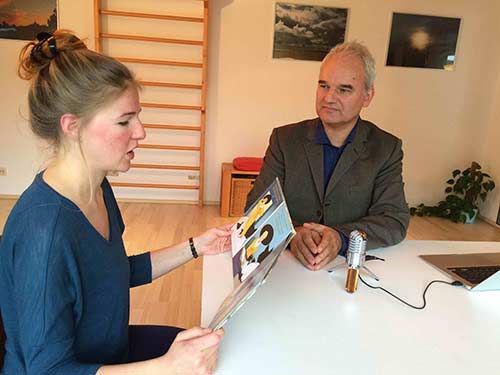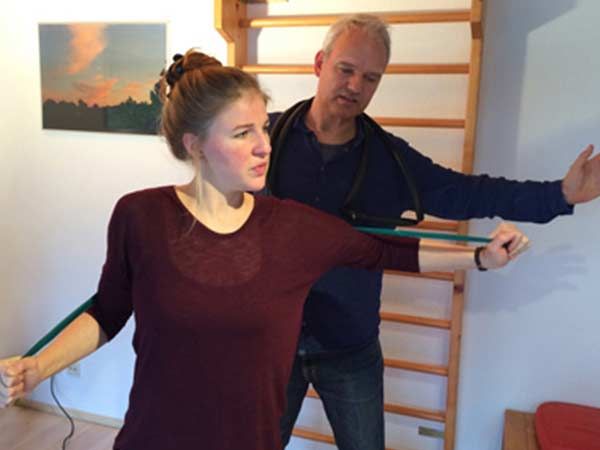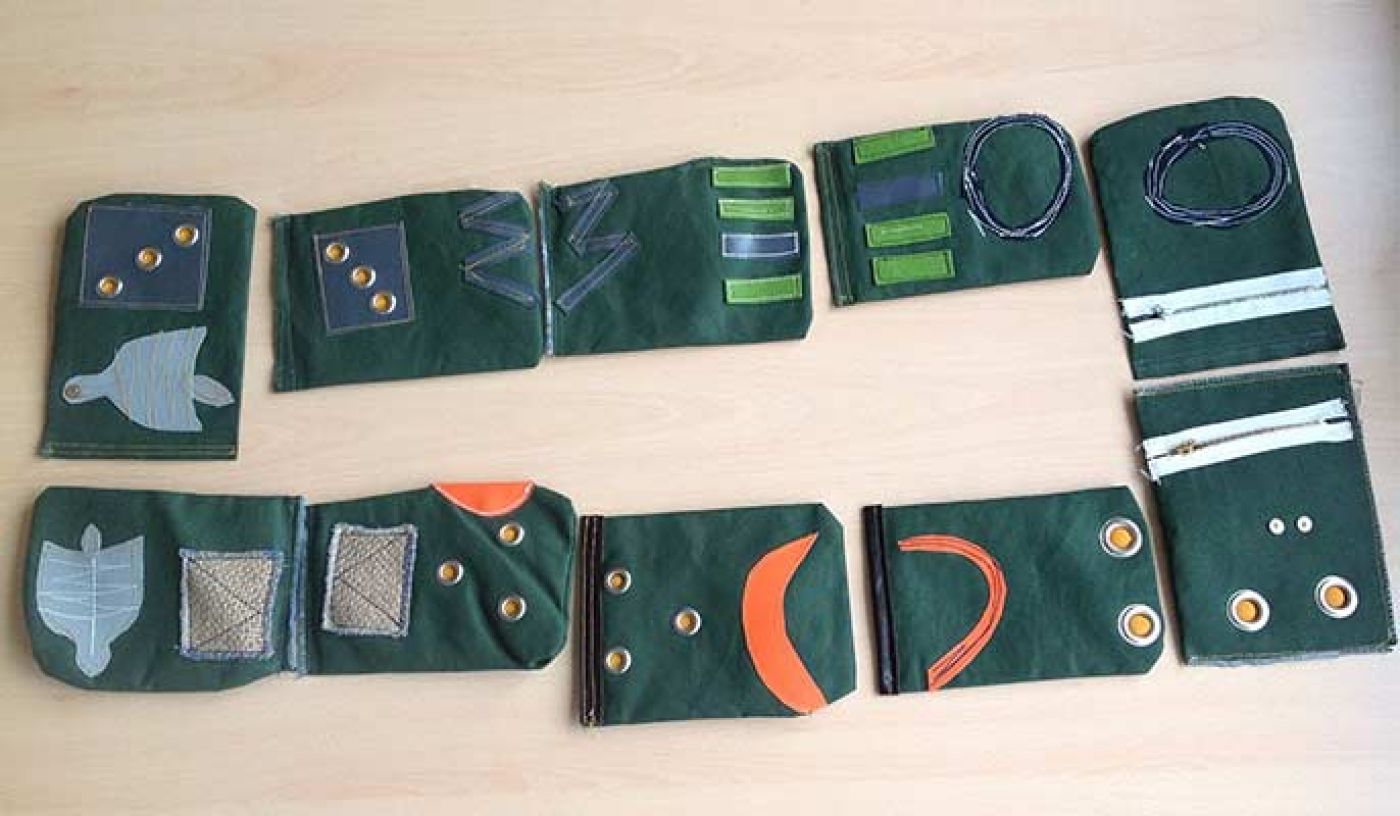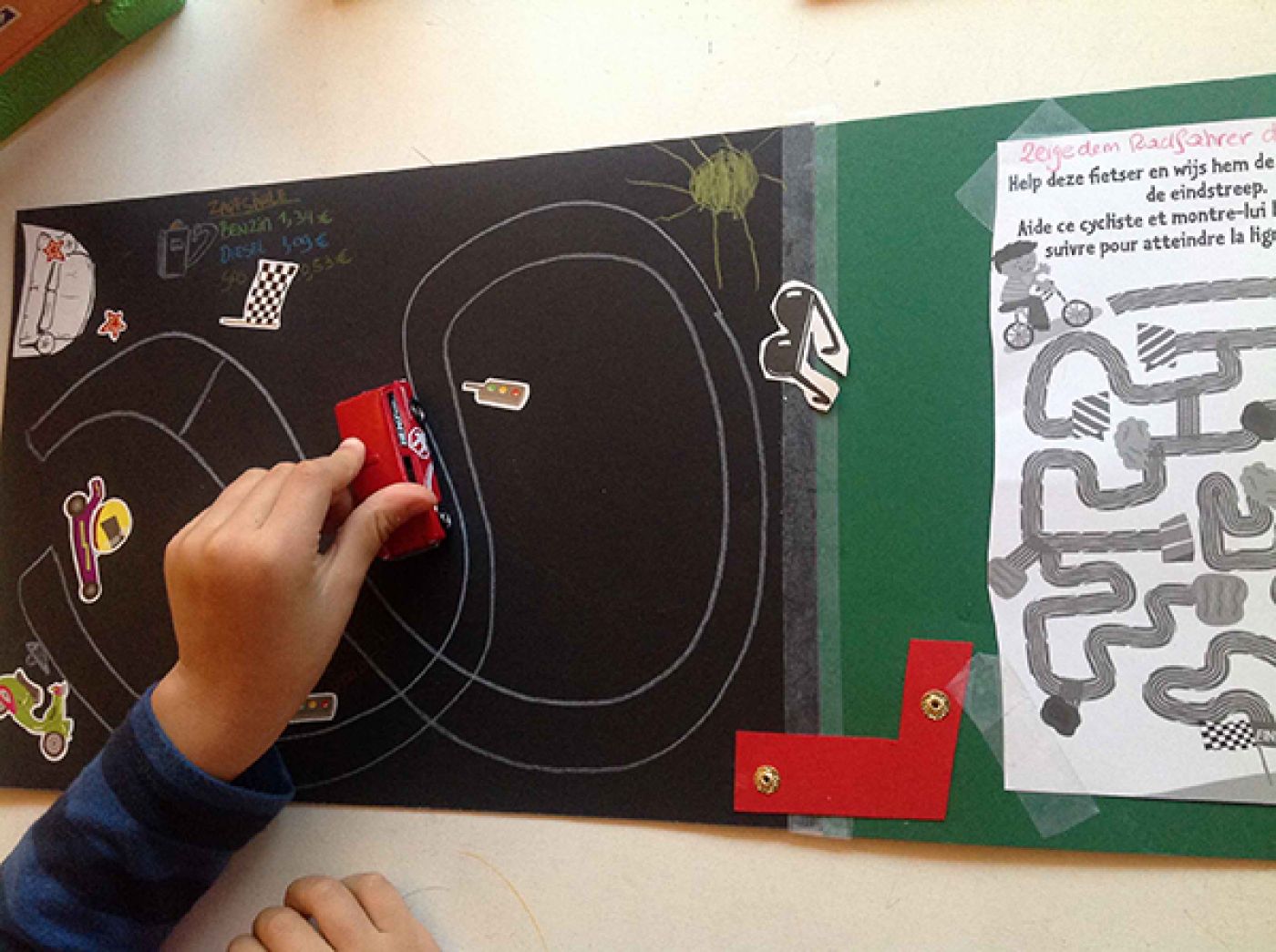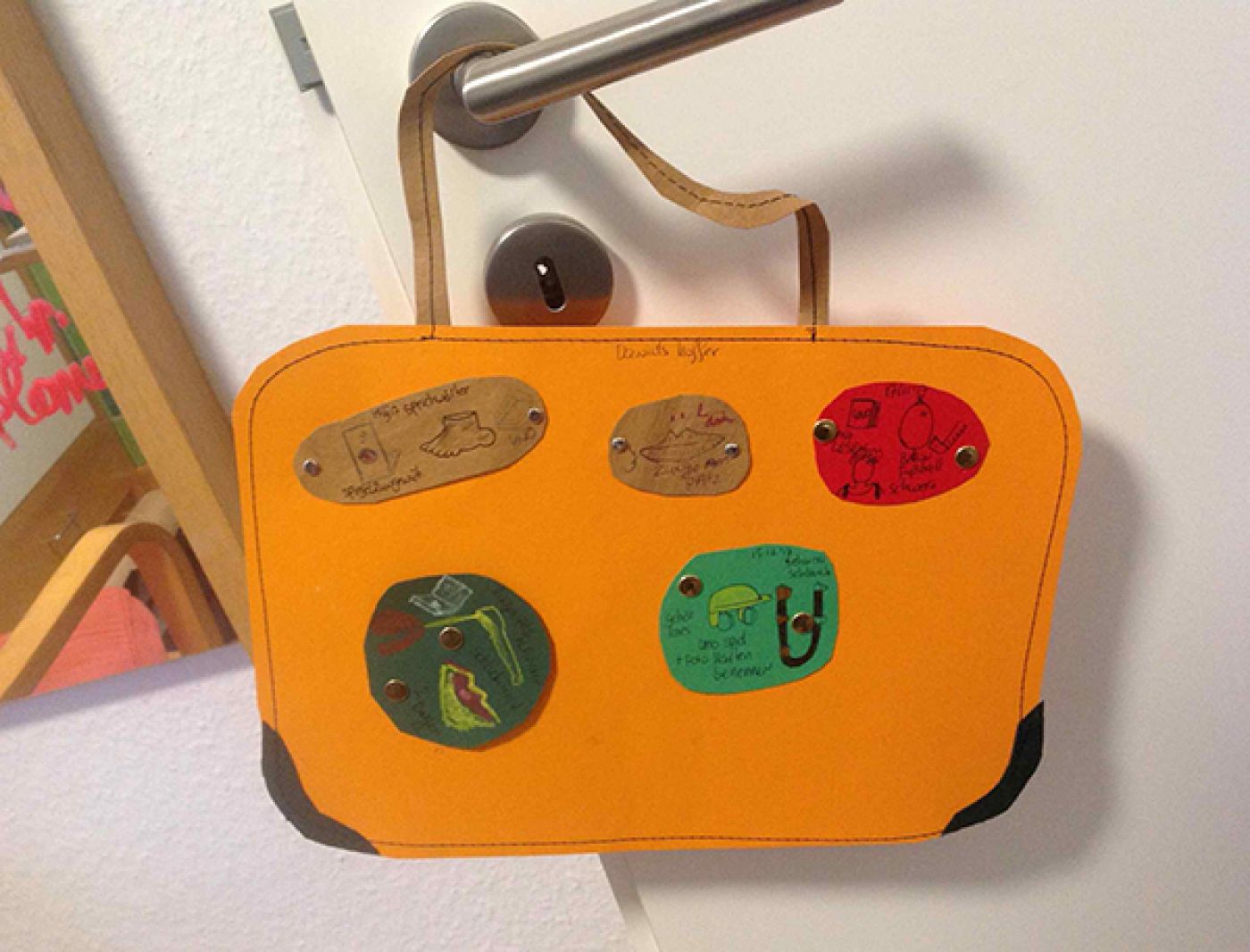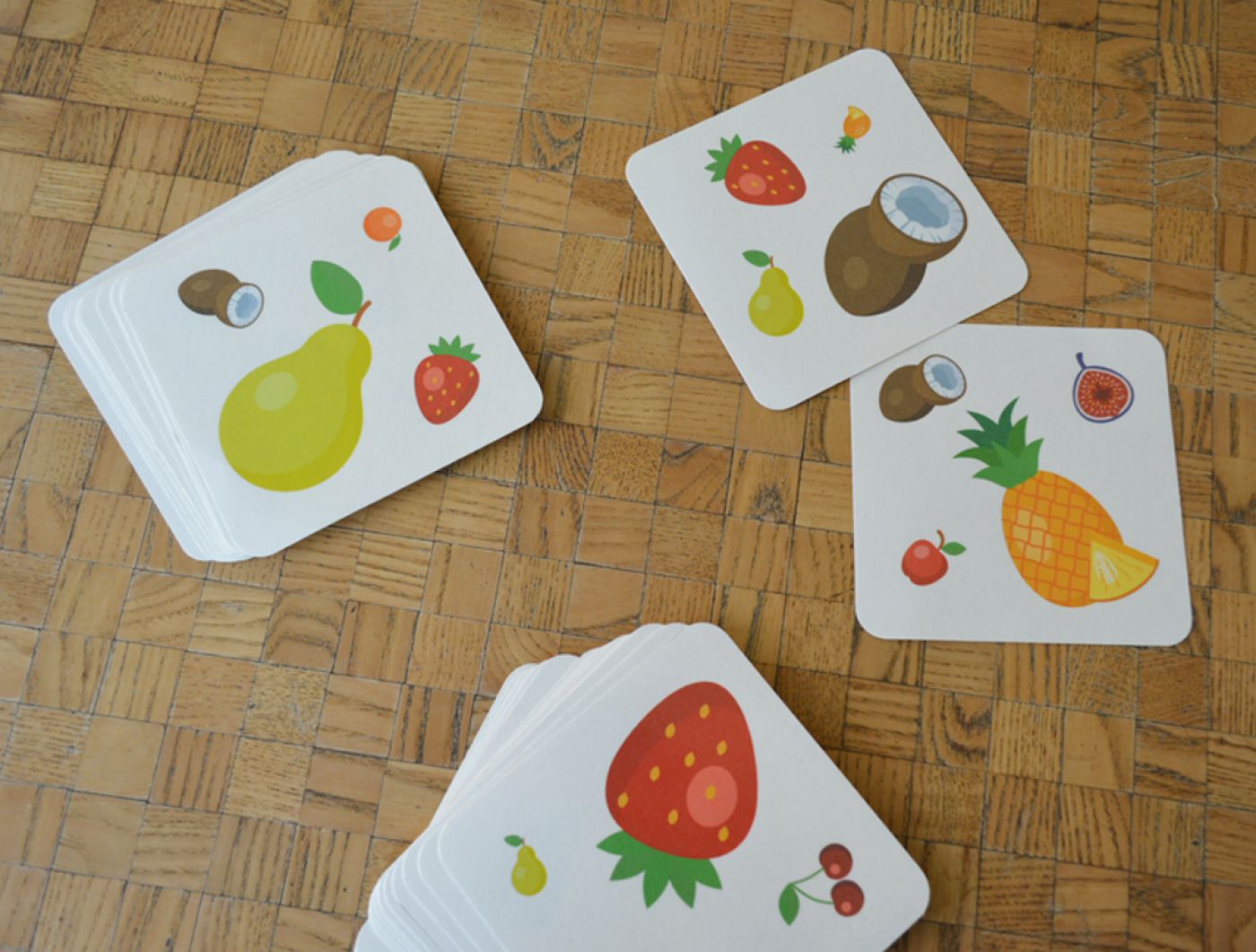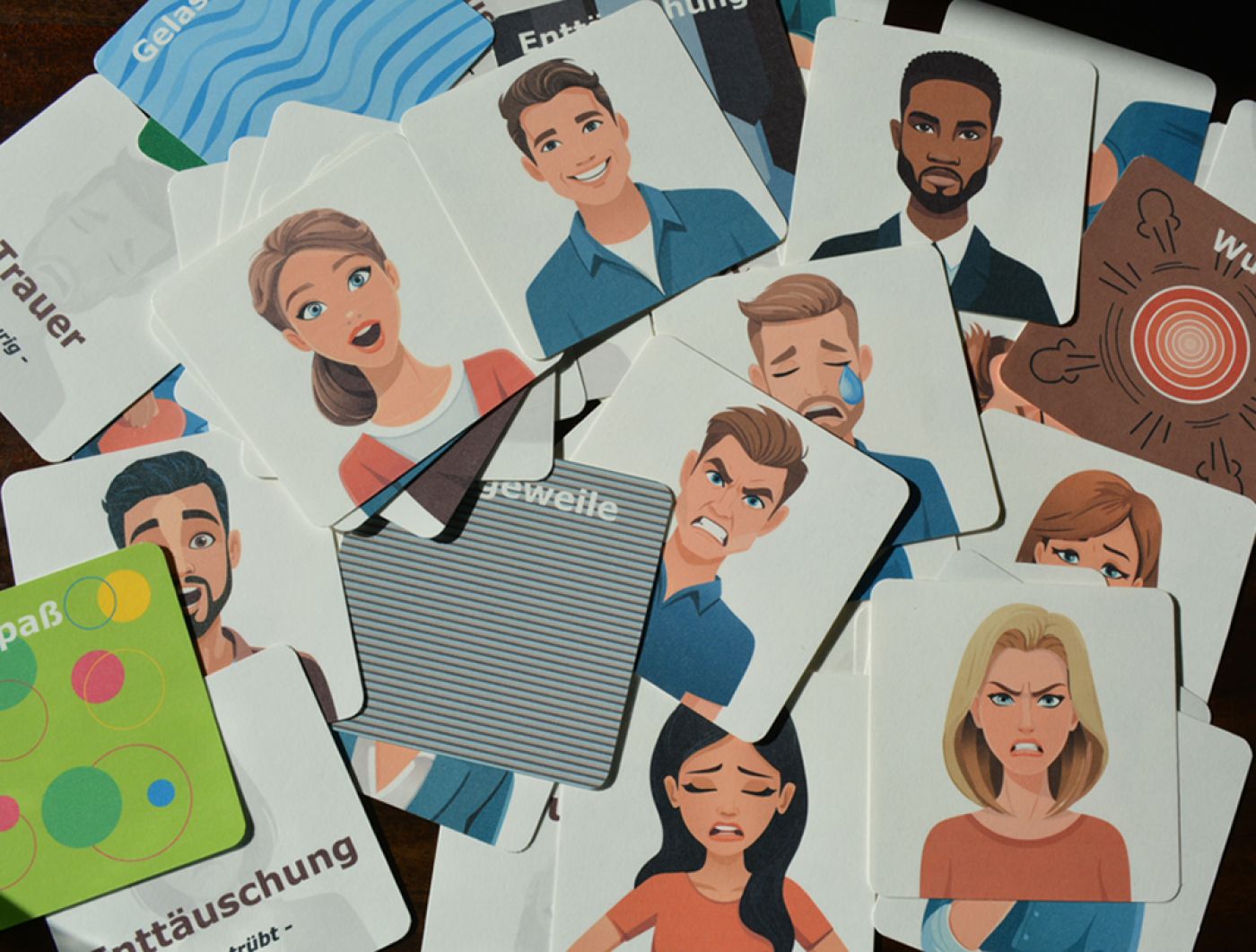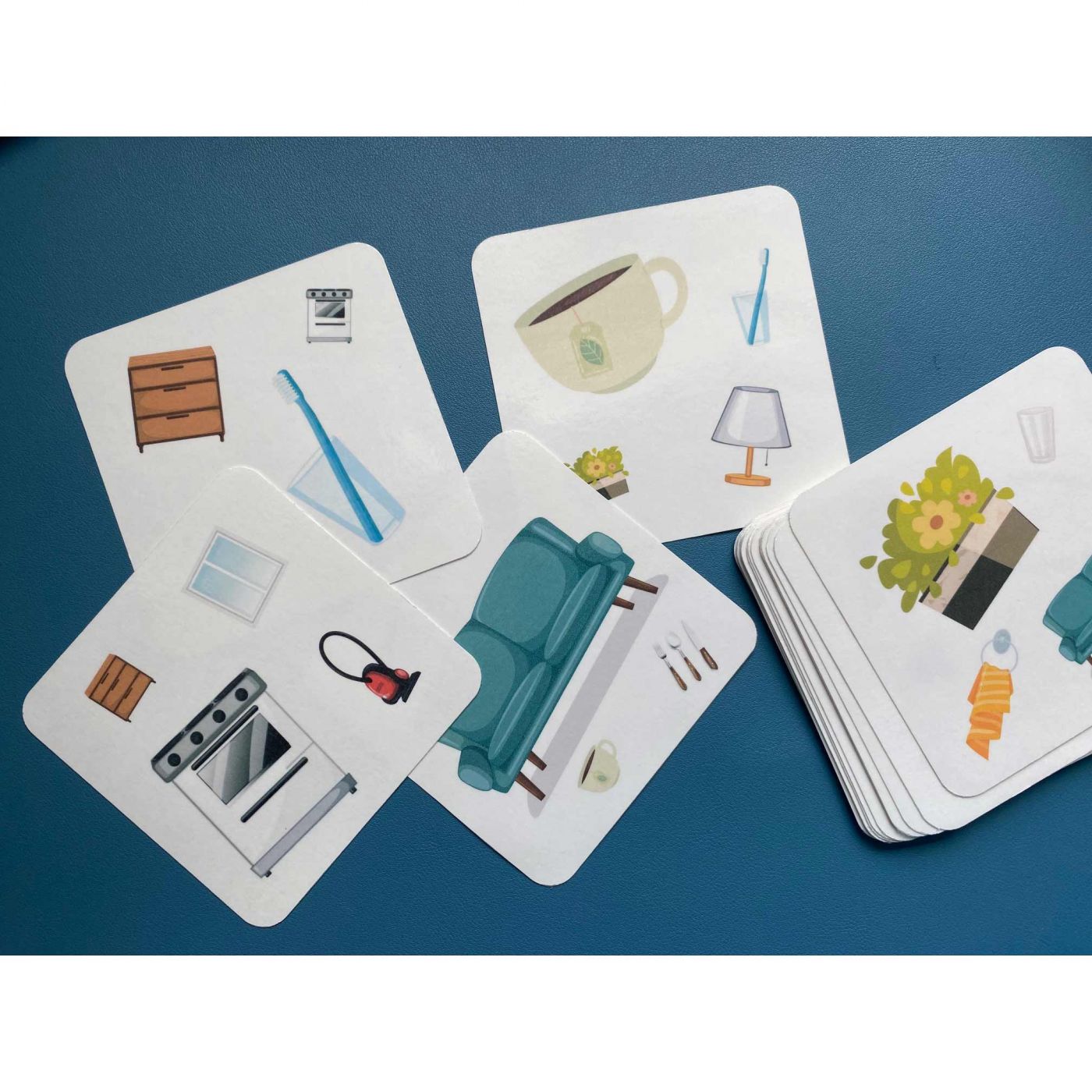Therapy
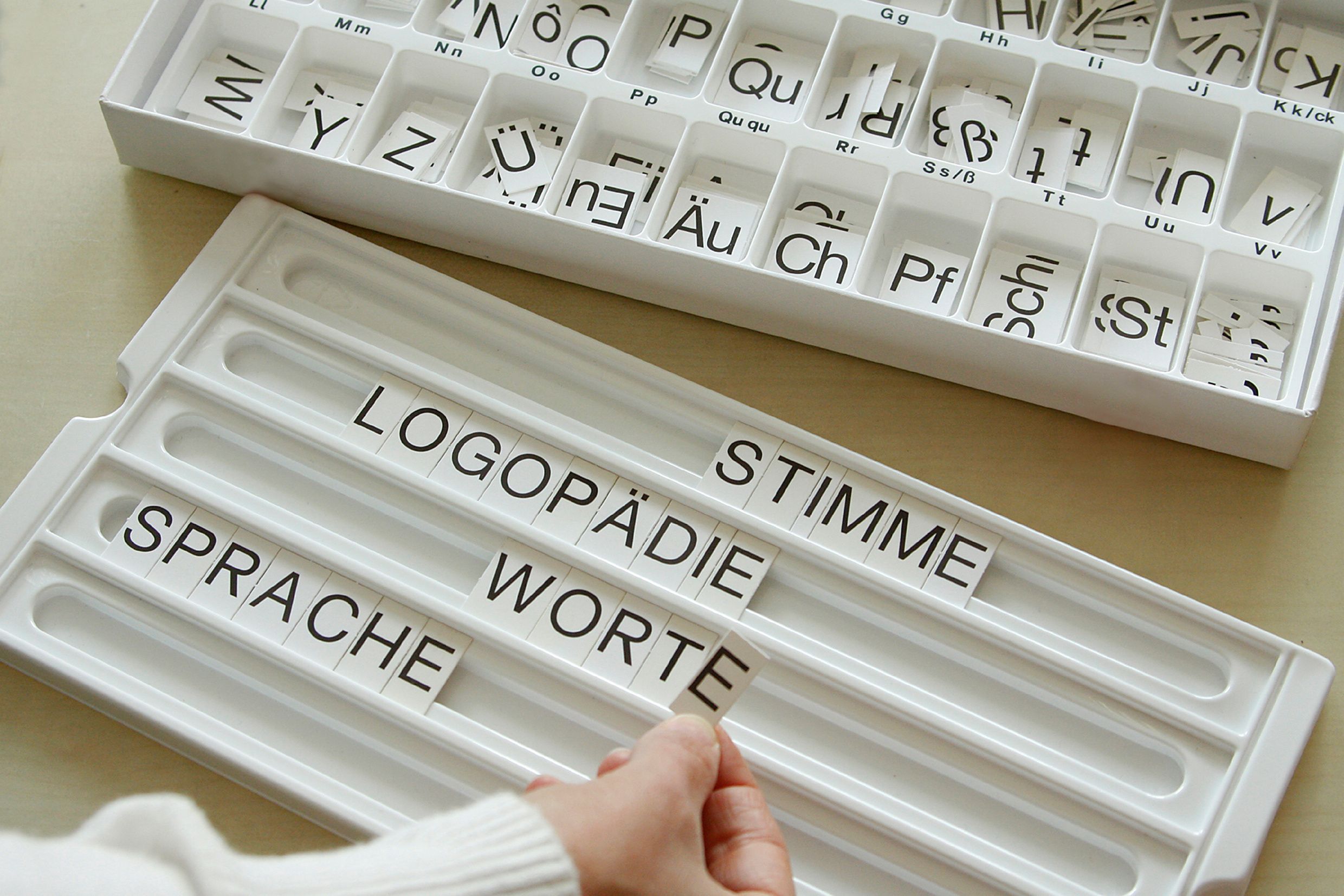

Therapie procedure
The diagram on the left shows our approach to the planning, implementation and (provisional) conclusion of therapy.
As a rule, an initial consultation takes place after registration. This is followed by an examination. This information is used to make a diagnosis. This is used to set the goals for the therapy, which are discussed with you. This is illustrated in the diagram below.
In order to achieve your desired goals, exercises are practised first in the therapy situation (in vitro) and then in everyday life (in vivo). This is followed by the self-application phase (e.g. in the treatment of sigmatism) in which new experiences and new knowledge are applied in everyday life. After successful completion of the therapy, there is usually a follow-up, i.e. a follow-up appointment or telephone call after 3 months.
To create transparency in the therapy process, you can clearly recognise the procedure in the diagram. After the diagnosis, a treatment plan is drawn up, which is set out in writing in a medical report and sent to the doctor. As therapists, we are subject to a duty of confidentiality. In order to enable a trusting cooperation between doctor and speech therapist, it is necessary that you release us from the obligation of confidentiality with regard to communication with the doctor in accordance with the statutory data protection guidelines. Only then can correspondence take place.
As a patient, you have the right to inspect files if you wish. We will be happy to answer any questions you may have in this regard.
You can find further information at the following link: https://www.gesetze-im-internet.de/bdsg_1990/BDSG.pdf.
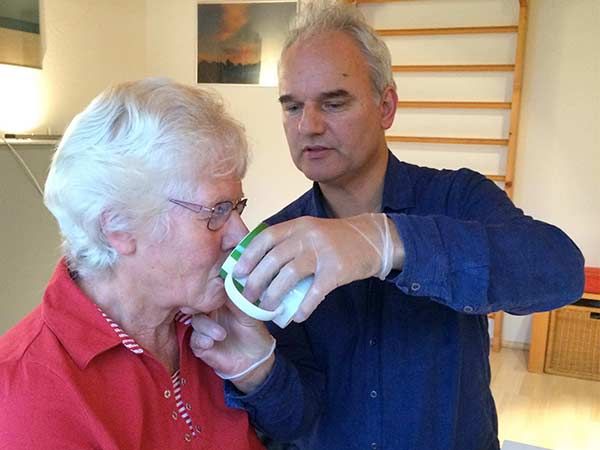
Dysphagia
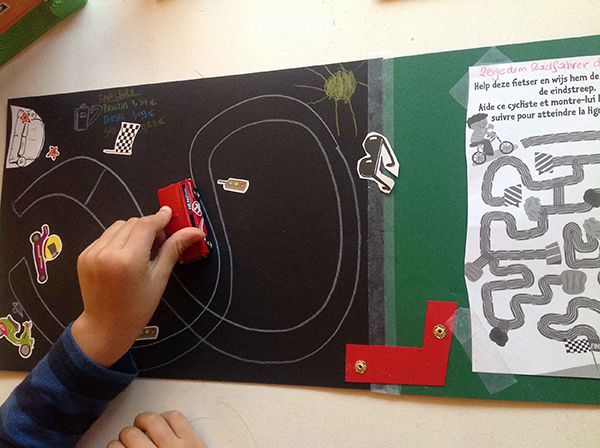
Autism
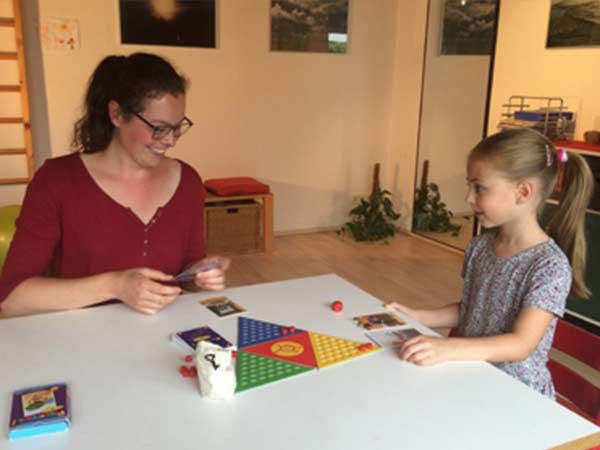
Speech errors and dyslalia
In special cases, we offer therapy via video conferencing. Please contact us for more information.
In the event of bedriddenness, it is possible for us to make home visits.
We offer therapy in the following 4 languages: German, English, Dutch, Turkish
Please have a look at Cooperations
Therapy assistance dog
Therapy dog Lilly!
Since October 2022, my young Goldendoodle dog Lilly (now two years old) has been accompanying me when requested by the patients, in my my daily work.
From February to June 2024
training as a therapy assistance dog team together and successfully completed it on 16 June 2024.
The presence of the dog helps patients to focus better on themselves.
Through the joint training that Lilly and I have done alongside our work, Lilly is learning how she can support me even more specifically in my work. I also learn from her how I can use her so that we both enjoy working together.
The patients also benefit from this. A therapy dog can be very supportive and beneficial, as many different areas of everyday life and the patients' ability to communicate and interact are enhanced.


Working materials
Some patients require therapy materials that are not available in the usual form. We can therefore make it possible for some patients to produce the therapy material themselves.
Using the information from the patient's medical history and diaganostics, we set therapy goals together with the patient. Based on these goals, we select suitable methods and materials for treatment. We would like to introduce some of our materials here.
e.g. soft clubs
Go Talk app to promote speech production and development, e.g. for late talkers and people with cognitive impairments.
Here are a few examples
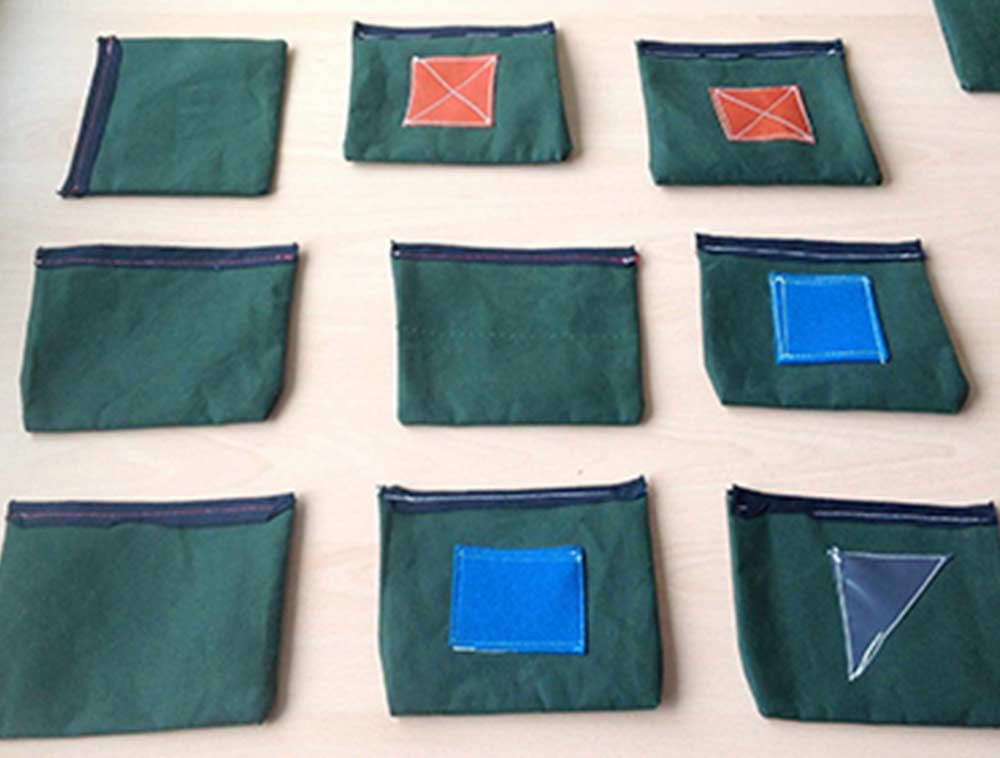
Haptic memory
Large formats are important for some patients.

Tactile dominoes
In our opinion, commercially available therapy materials are not usually optimally suited to every patient. This game, which we developed ourselves, consists of 10 small bags filled with granules that are haptically and tactilely informative. The fabric is sewn from thick canvas tarpaulin and quilted with my Pfaff 245 (a powerful industrial sewing machine). The fabric squares measure approx. 15 x 10 cm and weigh approx. 50 grams. The eyelets were embossed with a twist spindle.
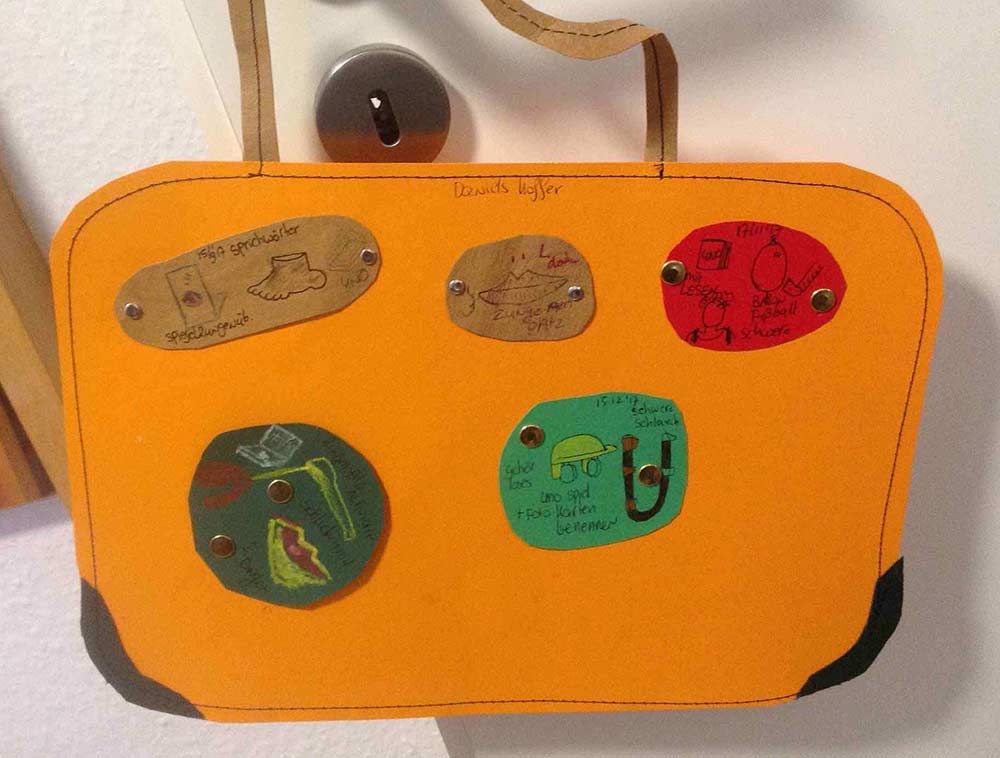
reward box
To make the exercises exciting and enjoyable, we use graphic materials and techniques together with our patients. For example, we make a reward box out of colourful cardboard, rivets, embossed letters, eyelets, stamps and sometimes thick thread. The children love this and are delighted to take their finished boxes home with them.
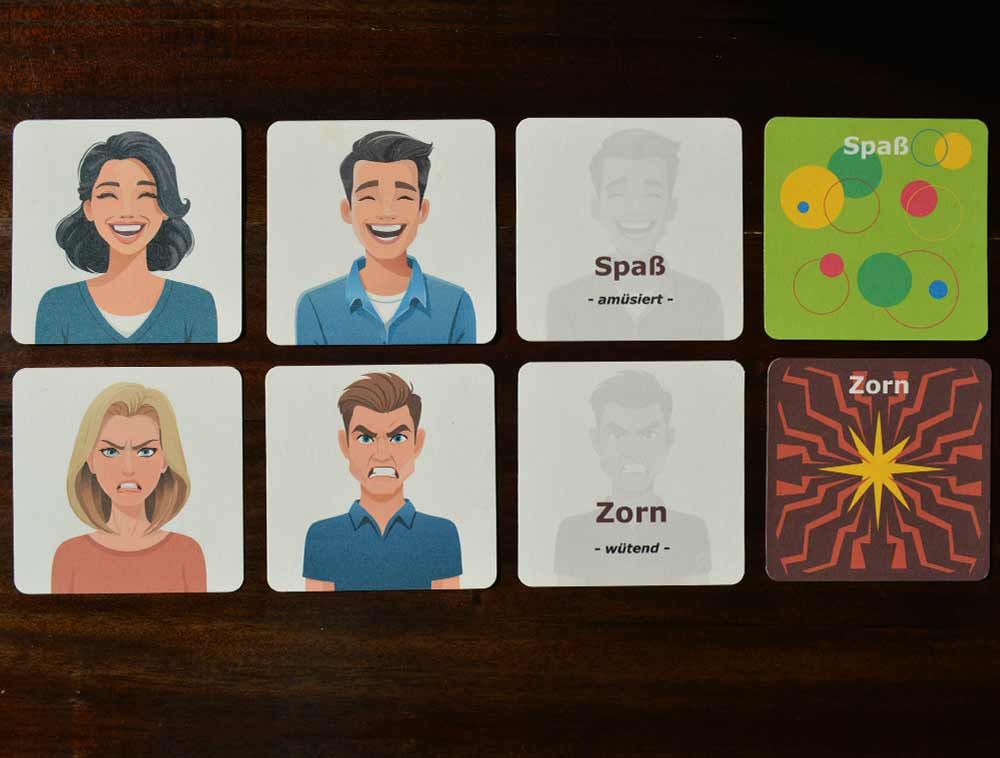
FACIAL EXPRESSION MEMORY
The facial expression memory game consists of cards depicting different facial expressions of people. There are male and female versions. Another card with a grey background shows the name of the emotional state. There is also a card with a facial expression translated as a pattern. There are several ways to play this game. It is particularly suitable for people with autism and aphasia to help them learn to interpret emotions better. It is also exciting for young children to expand their vocabulary.
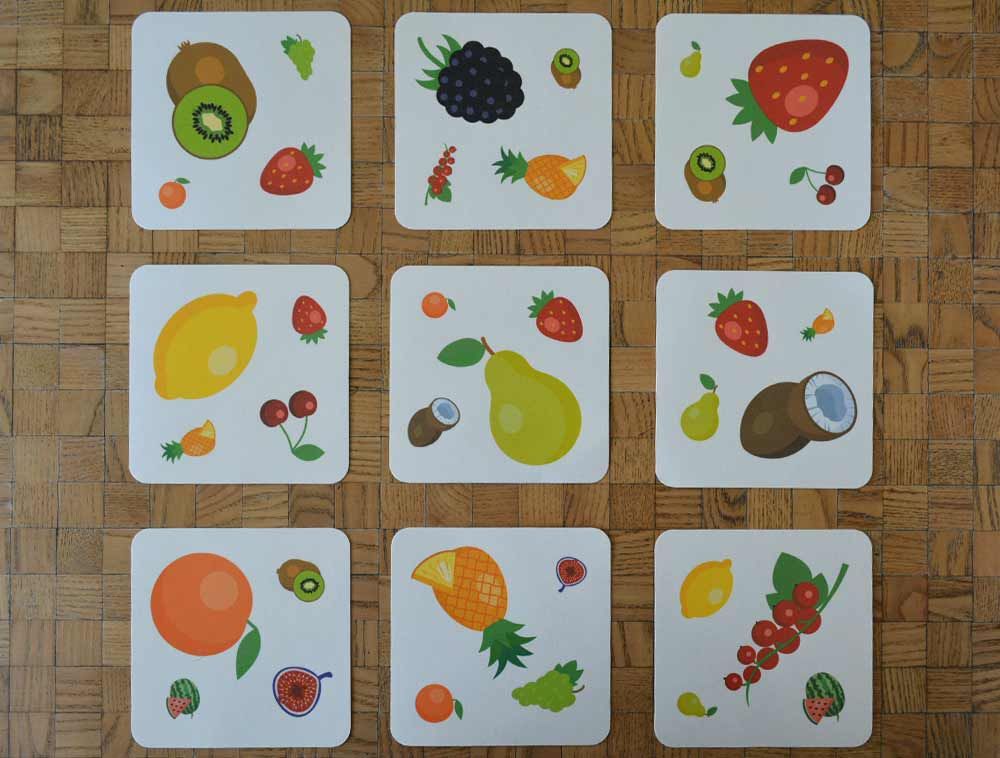
FRUIT TWINS
These cards feature four fruits of different sizes. For people with impaired vision, autism or aphasia, this version of the matching game offers clarity and simplicity.
Fruit illustrations: Designed by Freepik
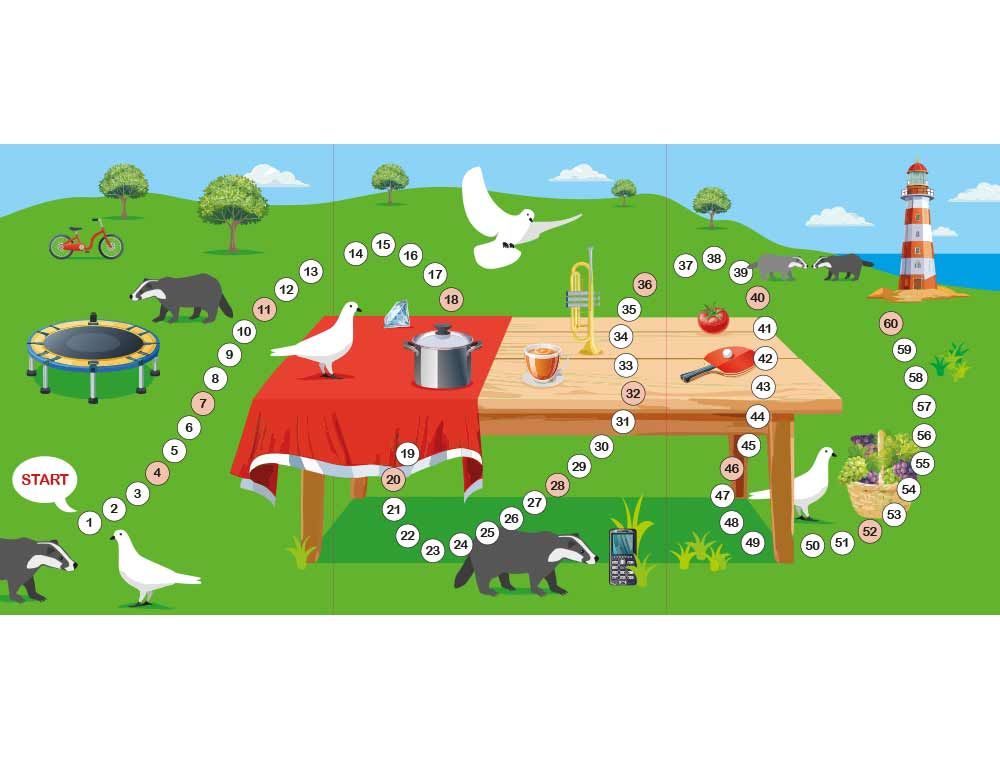
dice games
These dice games are designed for children with sound discrimination difficulties to practise in a playful way. In the board game, the children navigate an obstacle course with animals and have to complete fun sound and word exercises on event spaces. Almost all of the objects on the playing field contain the letters to be practised, allowing them to be practised in a playful way. The actual goal of winning is not forgotten.
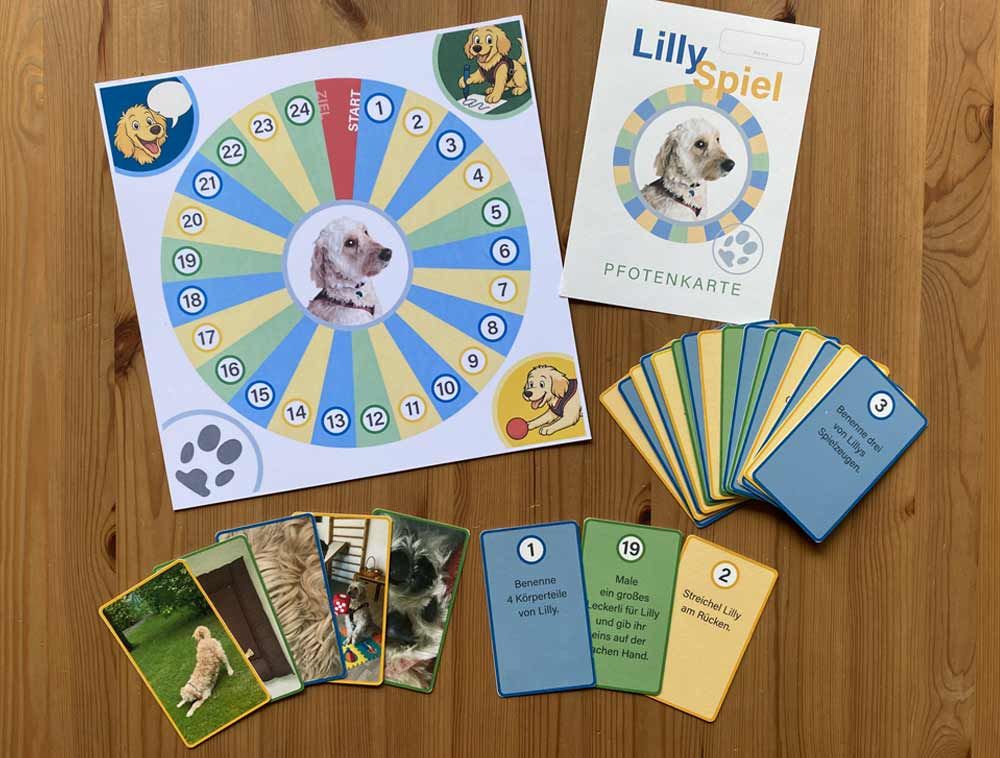
The Lilly-Game
This game is specially tailored to our therapy dog Lilly. The dice game has three different areas: talking, drawing and actions, which are colour-coded. The corresponding coloured cards explain the task in words and pictures. The children have to complete tasks together with the dog, which is great fun for both sides, as well as having therapeutic benefits.
